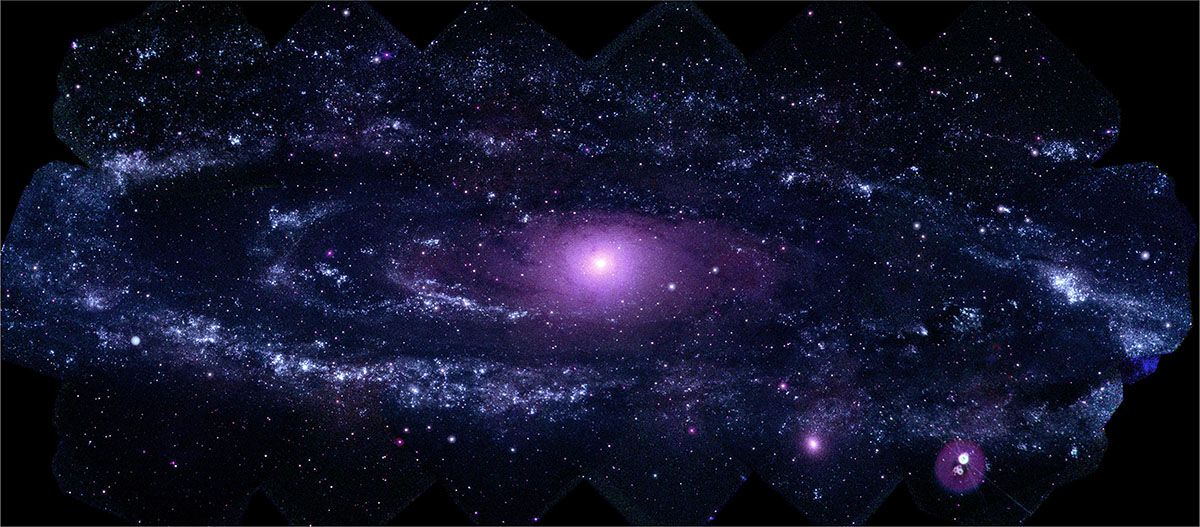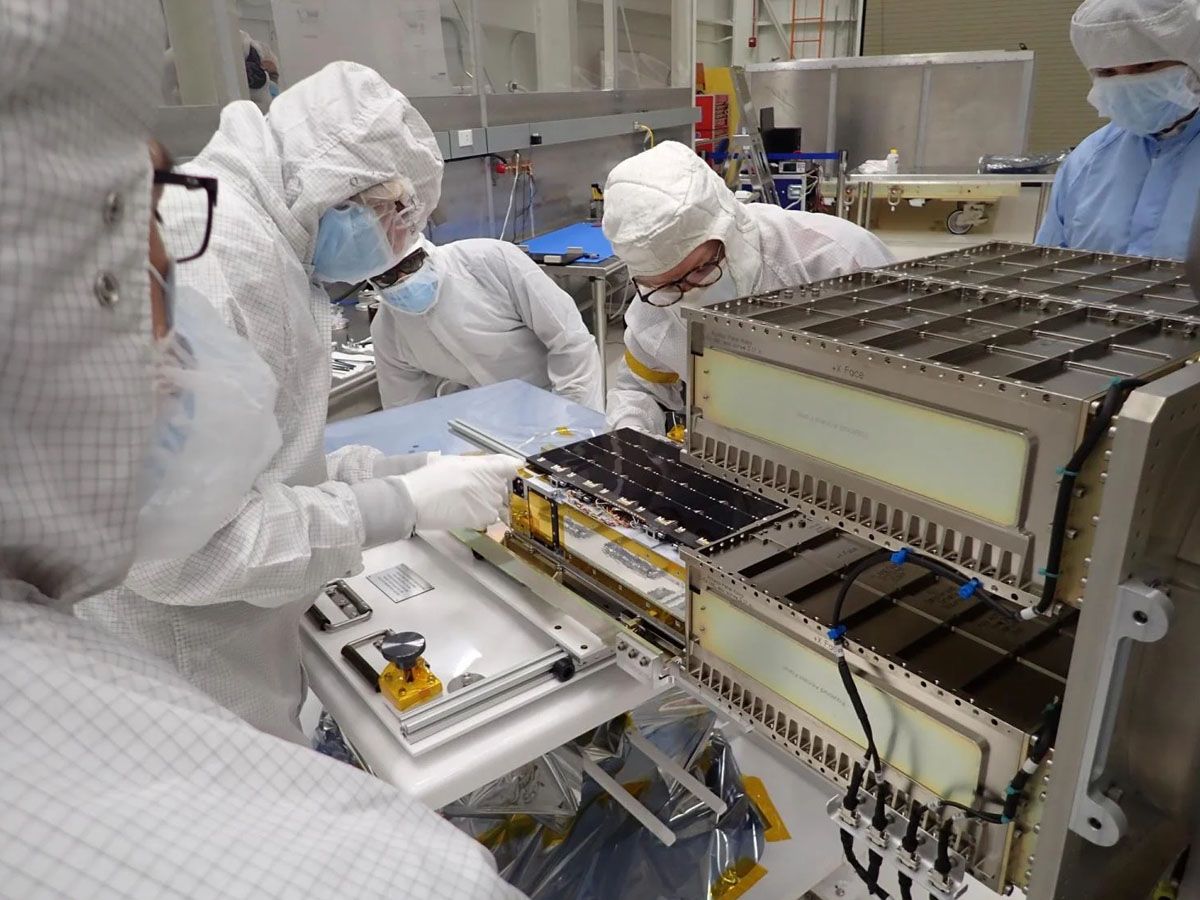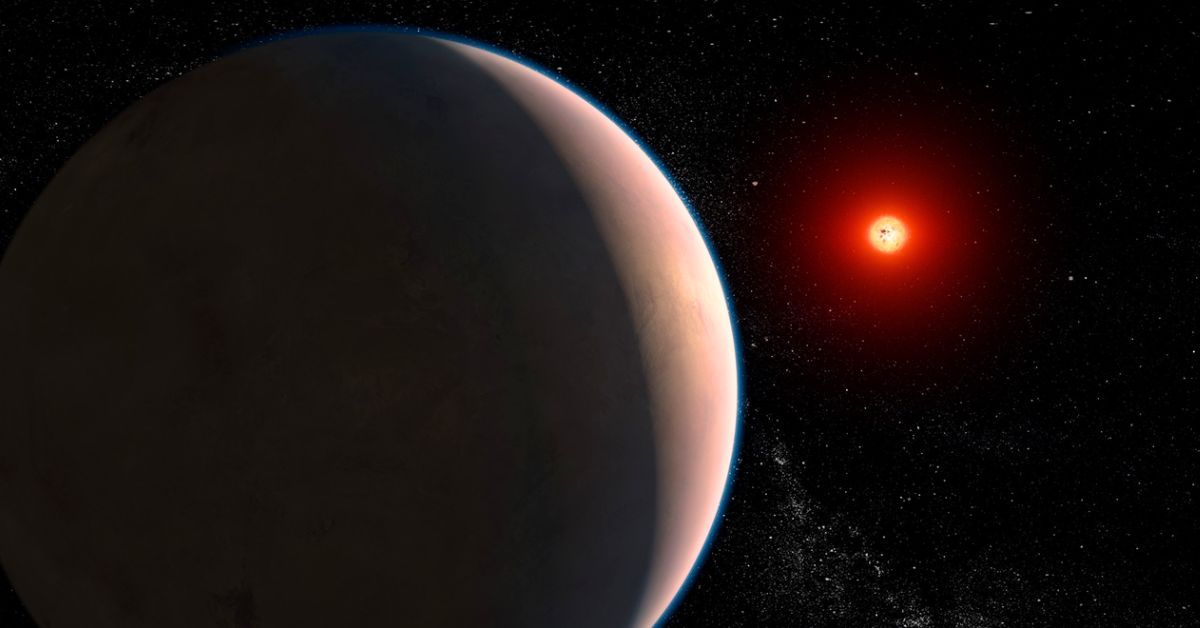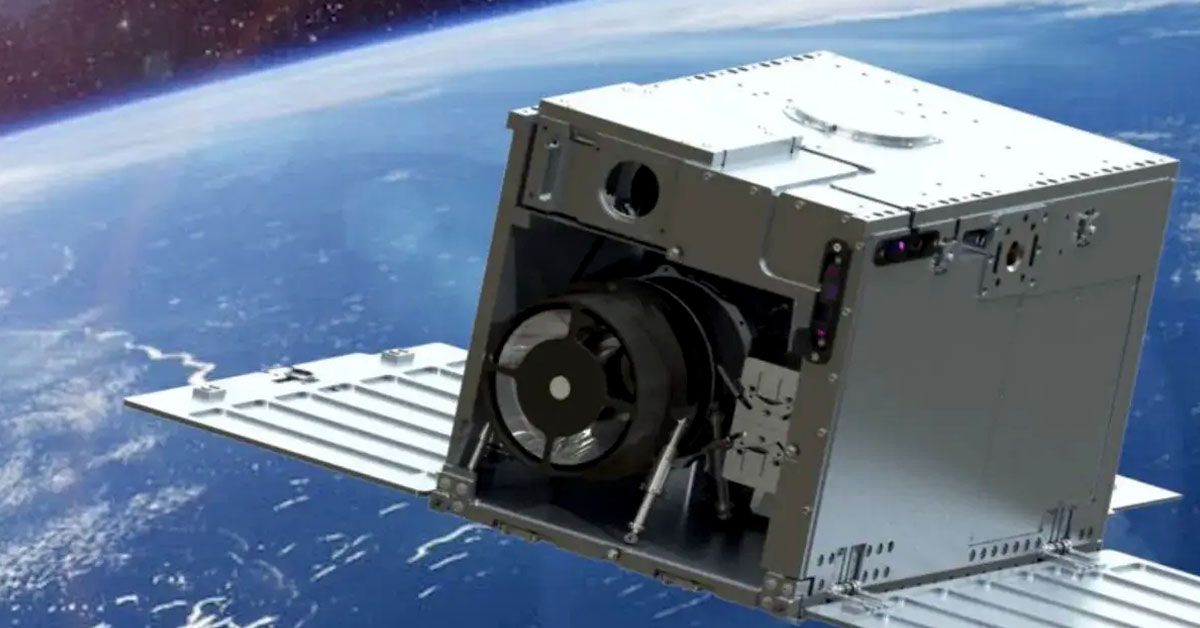A new star is set to shine in the endless dark expanse of the cosmos. Meet MANTIS, an innovation from Earth, small in size but significant in ambition.
This novel satellite, no larger than a toaster oven, is the creation of the bright minds at the University of Colorado Boulder, set to accompany NASA's revered James Webb Space Telescope (JWST) on its mission to illuminate the enigmas of the universe.
Much like its namesake, the mantis shrimp, MANTIS's potency belies its diminutive size. This CubeSat is equipped to observe the night sky in a light spectrum previously untouched, revealing secrets of the stars and enriching our understanding of potentially habitable exoplanets.
But how will this tiny marvel transform our cosmic comprehension and redefine the limits of space exploration?
Understanding the MANTIS Satellite
Imagine your kitchen toaster, but instead of generating a crispy breakfast delight, it's fashioned to unveil the secrets of the universe.
The intricate design of MANTIS encapsulates advanced technology within its diminutive frame, highlighting the power of human ingenuity in space exploration.
An exciting aspect of this astronomical marvel lies in its name. Ever seen a mantis shrimp?
This vibrant creature, famous for its potent punch and phenomenal eyesight, served as the inspiration for our satellite's moniker.
This mission involves traversing the night sky, focusing on the ultraviolet (UV) spectrum, including extreme ultraviolet (EUV) light, a domain that has largely remained unexplored since 2001.

By delving into this neglected light spectrum, MANTIS seeks to observe and scrutinize the physics of distant stars and their energy bursts, paving the way for groundbreaking revelations about our universe.
You may wonder, why does this matter?
MANTIS's mission plays an instrumental role in understanding the factors that contribute to an exoplanet's habitability.
By comprehending the characteristics of distant stars and their energy outputs, scientists can better determine whether these exoplanets can support life.
The Role of Ultraviolet Spectrum
To truly comprehend MANTIS's mission, we must delve into the ultraviolet (UV) spectrum. The UV spectrum, invisible to the human eye, is a type of light emitted by stars, including our own Sun.
Much of this spectrum, especially the extreme ultraviolet (EUV) light, gets absorbed by Earth's atmosphere, making it challenging to observe from the ground.
The significance of the EUV spectrum lies in its ability to reveal the fundamental physics of stars. This band of light can give scientists valuable information about a star's temperature, energy output, and even age.
But how exactly will MANTIS accomplish this monumental task?

Despite its compact size, this CubeSat houses two specialized telescopes, each with a unique mission.
One telescope is assigned the task of observing lower-energy UV radiation, while its partner will focus on extreme UV light.
This dual approach enables MANTIS to capture and study the whole range of ultraviolet radiation, casting a wide net in the sea of celestial data.
To understand the roots of this technology, one must delve into the annals of CubeSat history.
MANTIS builds upon the technology of its CubeSat predecessors, including the Colorado Ultraviolet Transit Experiment (CUTE) and the Supernova Remnants and Proxies for ReIonization Testbed Experiment (SPRITE).
The Collaborative Effort behind MANTIS
The genesis of MANTIS happened at the University of Colorado Boulder, an institution renowned for its research prowess and spirit of innovation.
Yet, this mission extends beyond Colorado. It's a venture that transcends borders, a truly international endeavor.

From the boot-shaped peninsula of Italy, the Italian Space Agency joins this space exploration crusade, contributing its rich heritage of scientific inquiry and technological know-how.
The Italians are no strangers to space, with a long history of involvement in space missions and a passion for unveiling the secrets of the cosmos.
The ensemble wouldn't be complete without the addition of Pennsylvania State University. With its strong academic and research credentials, Penn State adds another layer of expertise to this inter-institutional project.
How MANTIS will Assist the Webb Telescope in its Research?
Webb, with its concentration on the infrared spectrum, can reveal the physical characteristics and chemical compositions of celestial objects, yet its view of high-energy processes in the universe is limited.
That's where MANTIS comes in, observing energy bursts from distant stars and the full EUV spectrum that Webb can't detect.
By functioning as a dynamic duo, MANTIS's data can enhance the Webb telescope's observations, filling in the gaps and providing a more holistic picture of the universe.

This synergy can lead to more robust and comprehensive scientific discoveries, painting a vivid image of the cosmos with strokes of infrared and ultraviolet light.
It's worth noting that UV light, especially in the extreme ultraviolet spectrum, can have a significant impact on a planet's atmosphere.
It can heat and ionize atmospheric gases, potentially leading to atmospheric escape - a process that could leave a planet barren and inhospitable.
In other words, MANTIS's mission isn't just about studying stars. It's about looking for potential homes for life in the cosmos.
The Launch and Mission Timeline
As the gears of progress continue to churn, MANTIS readies itself for a journey beyond the confines of our planet. The launch pad awaits, with the scheduled date for this cosmic voyage set for 2026.
The data collection phase is expected to span approximately one year, a period during which MANTIS will continuously observe and document the ultraviolet spectrum from a multitude of stars.
Sources: colorado.edu













